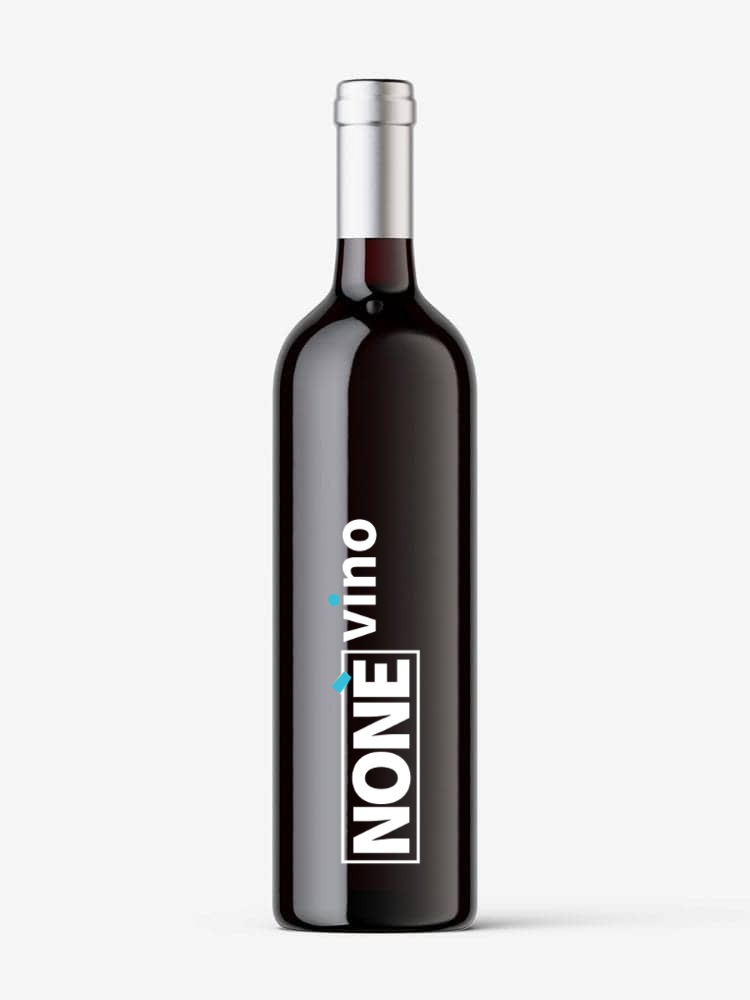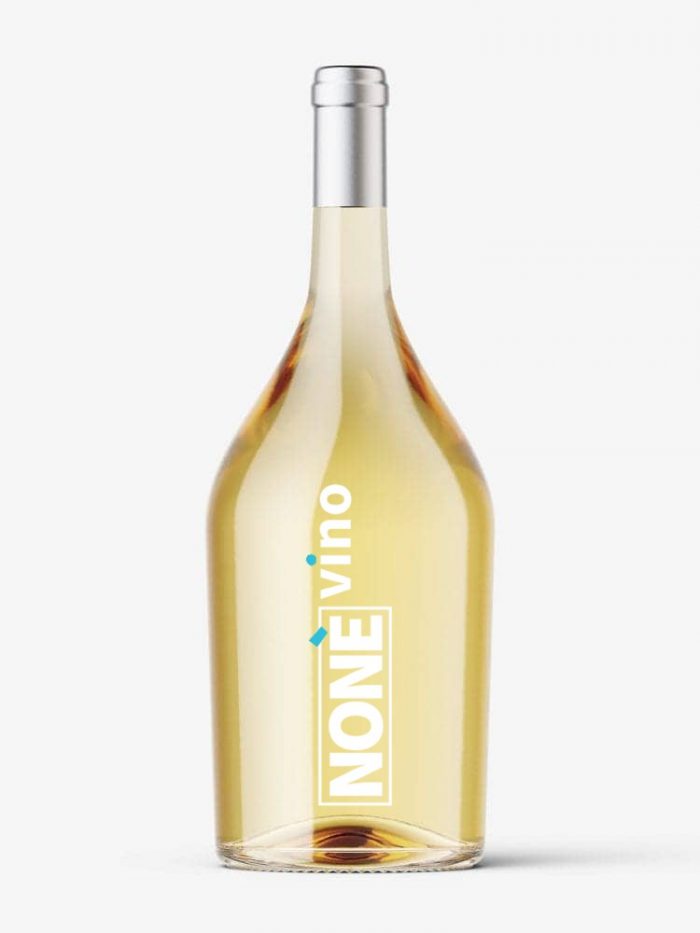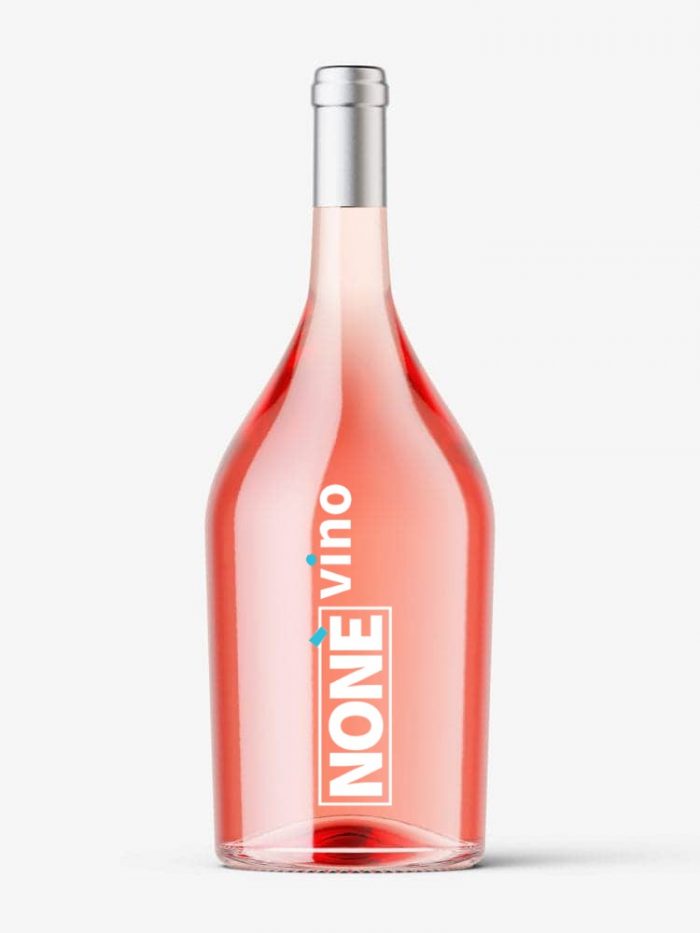Barbaresco was born in the Langhe, a term that according to some scholars derives from “Langues” which are nothing more than strips of land that extend in a lively game of profiles, modulated by the changing of the seasons.
With regard to the territory, we can distinguish the hills of Barbaresco and Neive where wines originate characterized on the one hand by structure, tannic fullness and power, on the other by softness, fruity richness and finesse, and the hills of Treiso which originate wines with more linked to finesse and elegance than to the structure.
The Barbaresco DOCG Wine Production Area is located in:
– province of Cuneo and includes the territory of the municipalities of Barbaresco, Neive, Treiso (formerly a hamlet of Barbaresco) and the part of the hamlet of San Rocco Senodelvio formerly part of the municipality of Barbaresco and aggregated to the municipality of Alba.
During the vinification phases, only loyal and constant oenological practices of the area are allowed, suitable to give the wines their peculiar quality characteristics.
The winemaking practices of the Barbaresco DOCG wine include, among other things, that:
– The maximum yield of grapes in finished wine must not exceed 70% for both types of Barbaresco. If this yield exceeds the percentage indicated, but not more than 75%, the excess is not entitled to the denomination of controlled and guaranteed origin; beyond this percentage limit, the right to the designation of origin for the whole product lapses.
– Both types of wine must undergo a mandatory aging period of at least 26 months for Barbaresco wine and 50 months for Barbaresco Riserva wine. After the aging period, the maximum yield of grapes into wine must not exceed 68% for both types of Barbaresco.
The cultivation of Nebbiolo in this area has very ancient origins: according to some, the Gauls were the first to be attracted to the Barbaritium wine and for this reason they arrived in Italy; others maintain that the Barbaresco derives its name from the Barbarian peoples who caused the fall of the Roman Empire. Whatever its origin, it matters little today: it is certainly one of the first denominations recognized in Italy in 1966 together with Barolo.








